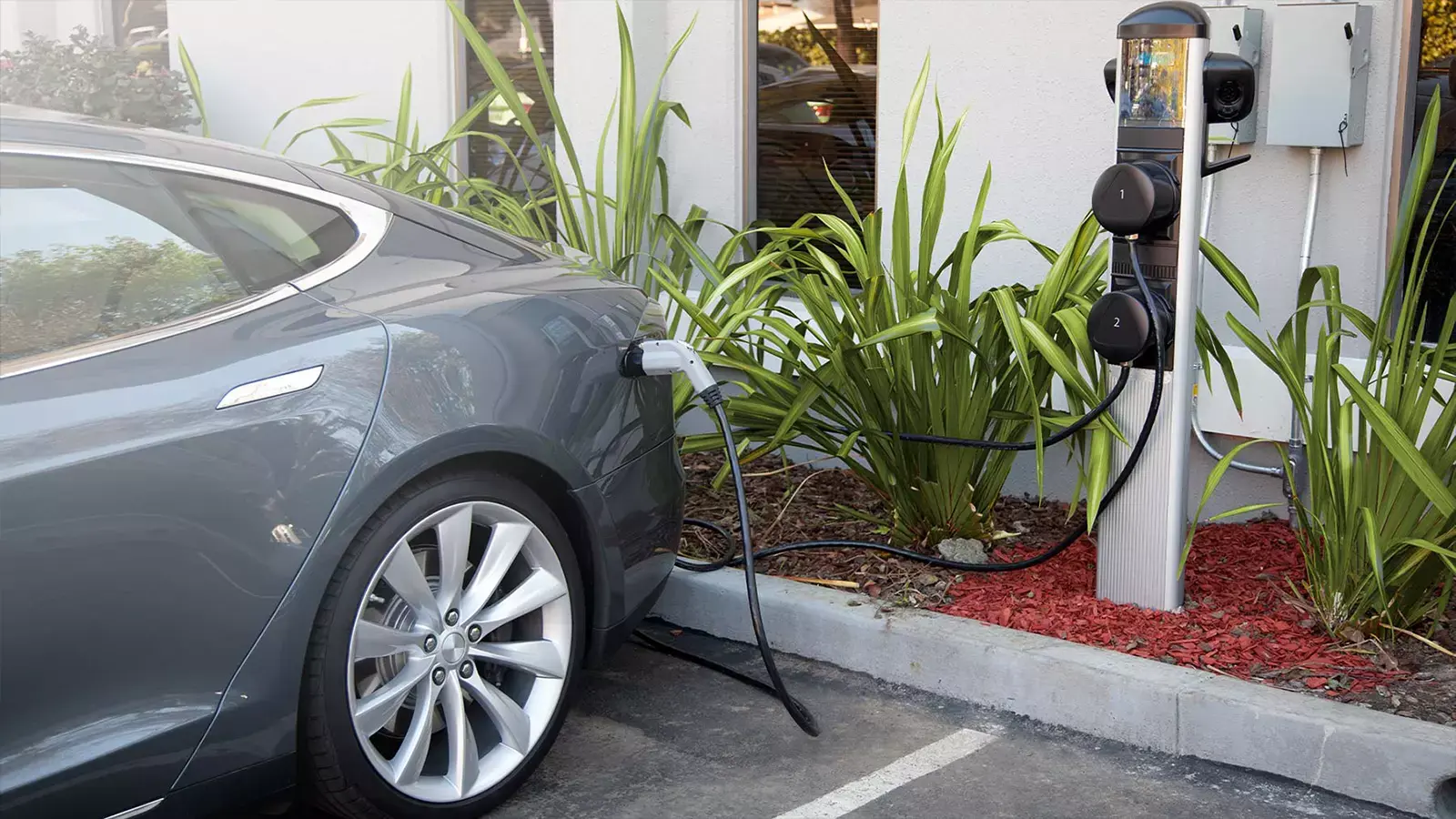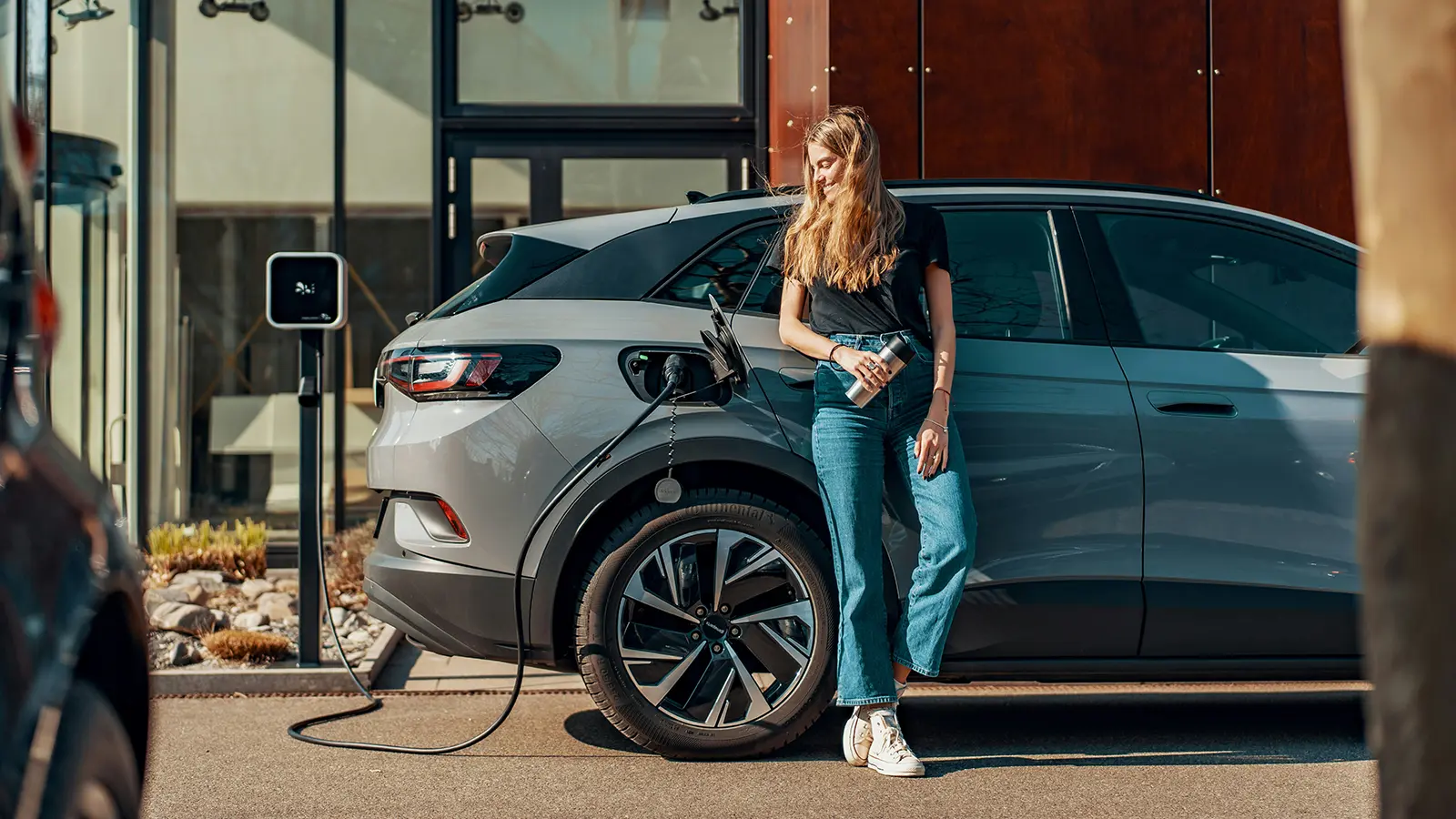Public Charging and Fast Charging
Public charging plays a critical role in electric vehicle (EV) ownership, especially when you're on the go or taking longer trips. While home charging covers the majority of daily needs, understanding how to confidently use Level 2 and DC fast chargers ensures your EV is ready whenever and wherever you are.
This guide will help you navigate public charging networks, choose the right charger for your needs, and avoid common pitfalls so you can hit the road with confidence.
Types of Public Chargers
Public EV chargers come in two primary types: Level 2 and Level 3 (also called DC fast charging). Each serves a different purpose depending on your situation.
Level 2 Public Charging
- Power: 6 to 19 kW (240V)
- Speed: 12–40 miles of range per hour
- Best for: Topping up during errands, work, or meals
- Time to full charge: 4–10 hours, depending on your battery size
Level 2 chargers are widely available at places like shopping malls, parking garages, libraries, office parks, and hotels.
Level 3 DC Fast Charging
- Power: 50 to 350 kW (480V+ DC)
- Speed: Up to 1,000 miles of range per hour (real-world: ~150–200 miles in 20–30 minutes)
- Best for: Extended road trips or fast top-ups
- Time to 80% charge: Usually under 45 minutes
DC fast chargers are commonly found near major highways, travel hubs, and gas station-style charging plazas.
When to Use Fast Charging (and When Not To)
DC fast charging is a valuable convenience for EV drivers, but it is not always the best choice for everyday use. Here’s when to use it and when to stick with slower charging options:
- Long road trips:
- Use DC fast charging
- Best for staying on schedule and reducing stop time during extended travel
- Daily commuting:
- Use home or Level 2 charging
- Slower charging is more efficient and helps preserve battery health
- Low battery emergencies:
- Use DC fast charging
- Ideal when you need quick access to range and cannot wait for slower charging
- Routine errands:
- Use Level 2 charging
- Sufficient for short trips and less stressful on the battery
- Cold weather or uphill drives:
- Precondition the battery and top up before departure
- Helps maintain range and performance in energy-demanding conditions
Reminder: Charging with DC fast chargers too frequently or consistently going to 100 percent can contribute to faster battery degradation over time. Most automakers recommend charging to around 80 percent when using fast chargers to support long-term battery performance.

Public Charging Networks and Access
There are several major charging networks in North America, each with its own app, pricing model, and reliability track record.
- Tesla Supercharger:
- Fast charging available: Yes
- App required: Yes (Tesla app or compatible NACS adapter for non-Tesla vehicles)
- Notes: Largest and most reliable fast charging network in North America
- Electrify America:
- Fast charging available: Yes
- App required: Yes
- Notes: Rapidly expanding with support for speeds up to 350 kW
- EVgo:
- Fast charging available: Yes
- App required: Yes
- Notes: Supports Plug & Charge for a streamlined experience
- ChargePoint:
- Fast charging available: Mostly Level 2, some DC fast
- App required: Yes
- Notes: Requires app for activation at most stations
- FLO, Blink, and Volta:
- Fast charging available: Mostly Level 2
- App required: Varies by provider
- Notes: Common at retail locations, ideal for destination charging
Tip: Use apps like PlugShare or ChargeHub to check real-time station availability, connector types, and user ratings across all networks.
Charging Etiquette and Best Practices
To ensure a positive experience for everyone, keep these public charging tips in mind:
- Do not overstay: Move your vehicle as soon as charging is complete.
- Unplug at 80%: Charging slows significantly beyond this point on DC chargers.
- Respect queuing: If a station is busy, wait your turn and avoid blocking access.
- Watch idle fees: Many networks charge extra if you stay plugged in after full charge.

Preparing for a Road Trip
Before you hit the highway:
- Plan your route using A Better Route Planner, PlugShare, or your EV’s built-in navigation system.
- Precondition your battery en route to fast chargers if your EV supports it.
- Check charging station reliability and reviews (some ports may be down or congested).
- Carry a credit card, RFID card, or compatible app for each network on your route.
The Evolution of Fast Charging
Fast charging is improving rapidly:
- New stations are being installed with up to 350 kW output.
- Tesla’s NACS standard is being adopted by Ford, GM, Rivian, and others.
- Amenities like lighting, canopies, restrooms, and food are becoming standard at flagship locations.
- Plug and Charge technology lets compatible EVs initiate charging automatically; no app or payment needed.
Final Thoughts
Mastering public charging is an essential skill for every EV driver. Whether you're planning a cross-country road trip or just need a quick top-up, knowing where to go, what to expect, and how to make the most of each charging session will help you get the most out of your electric vehicle.
With the right apps, a little prep, and a good understanding of charger types, you'll be ready to charge like a pro anytime, anywhere.
Take the Next Step in EV Charging
Continue exploring EV charging fundamentals:
← Go Back: Charging Incentives & Rebates: How to Save on Installation and Energy
Discover Next: Finding EV Charging Stations Anywhere You Go →












